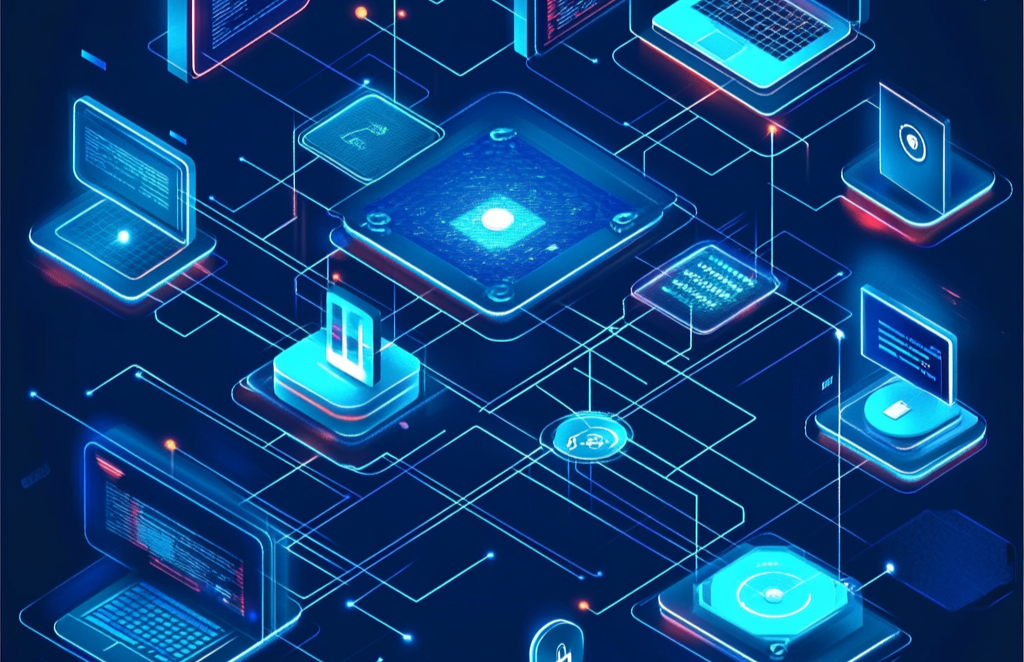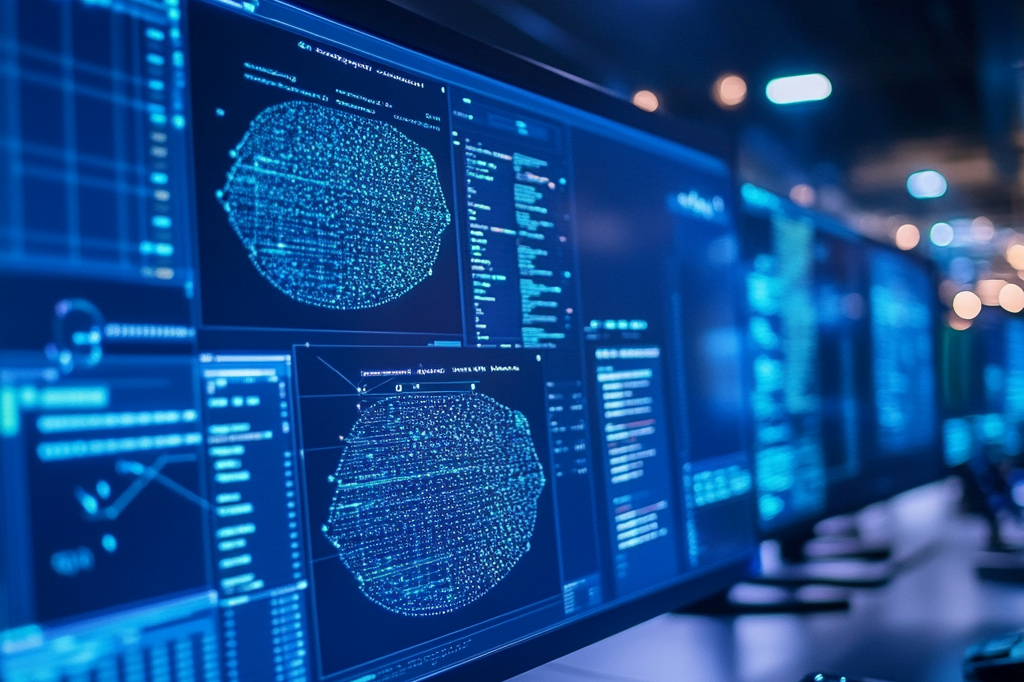Cybersecurity is a growing necessity for businesses all over the world. To protect their networks, data, and assets, many companies utilize advanced tools developed to detect and counter threats in a timely and accurate manner. One of the most important weapons in this fight is the SIEM system.
In the article below, we will explain what a SIEM system is, how it works, and why it is a vital part of current cybersecurity practices.
Understanding the SIEM System
What Is a SIEM System?
A SIEM system, in simple terms, is a Security Information and Event Management system. It is a platform of IT that is utilized for the gathering, processing, and correlation of security information from various sources in an organization’s IT infrastructure. The purpose of a it is to provide real-time visibility into potential threats and risks.
SIEM systems gather logs and events that are generated by network devices, software, and hardware. The systems analyze the data to identify suspicious activities and security incidents that can be difficult to detect.
The Role of SIEM Systems in Cybersecurity
SIEM solutions act as the mind of an organization’s security practice. By aggregating information from numerous sources such as firewalls, servers, applications, and endpoints, a SIEM solution enables security staff to understand what is happening in the network at any given moment.
The system provides alerts on out-of-the-ordinary activities, such as the capability to detect threats, such as malware infection, unauthorized access, or insider threats, earlier. This increase in ability makes SIEM systems a valuable element for firms with the aim of securing their operations.
How Does a SIEM System Work?
Data Collection
The first step in how a SIEM system works is data collection. The system continuously collects security data from multiple sources, including network devices, servers, databases, and applications. This data comes in the form of logs, alerts, and event records.
It uses agents or connectors installed on these devices to gather this information. This broad data collection provides the raw material necessary for effective security analysis.
Data Normalization and Aggregation
After collection, the SIEM system processes the data through normalization and aggregation. Normalization transforms the diverse log formats into a common, structured format. This allows the system to analyze and correlate events from different sources effectively.
Aggregation consolidates similar events to reduce noise and highlight important security incidents. This step is critical to ensure that security analysts are not overwhelmed by irrelevant data.
Correlation and Analysis
Once normalized and aggregated, the SIEM system uses correlation rules and analytics to examine the data for patterns indicating potential security threats. This can involve matching events against known attack signatures, detecting anomalies, or identifying suspicious sequences of actions.
The ability to correlate events across multiple sources is what sets SIEM systems apart from simpler log management tools. It allows the detection of sophisticated attack techniques that involve multiple steps.
Alerting and Notification
When it identifies a possible threat, it generates alerts for the security team. These alerts include details about the suspicious activity and recommendations for further investigation.
Effective alerting helps security teams prioritize incidents based on severity and potential impact, ensuring that critical threats receive immediate attention.
Incident Investigation and Response
Beyond alerting, SIEM systems often integrate with incident response platforms or provide built-in tools to assist analysts in investigating and resolving security events. This includes forensic analysis capabilities, case management, and workflow automation.
Timely and effective response reduces the damage caused by cyberattacks and supports business continuity.
Key Benefits of Using a SIEM System
Centralized Security Monitoring
A major advantage of it is its ability to provide centralized monitoring of security events. Instead of relying on disparate logs spread across multiple devices, organizations gain a single, comprehensive view of their security posture.
This centralized approach enhances situational awareness and speeds up threat detection.
Improved Threat Detection
SIEM systems improve the ability to detect threats by analyzing and correlating data from various sources. They can identify complex attacks that may span multiple systems, helping prevent breaches before they escalate.
Compliance Support
Many regulations require organizations to maintain detailed logs and demonstrate effective security controls. It simplifies compliance by automating log collection, retention, and reporting, making audits less burdensome.
Reduced Response Time
By providing timely alerts and investigative tools, SIEM systems help security teams respond faster to incidents. Automation features further speed up containment and remediation actions.
Components of SIEM Architecture
Understanding the SIEM architecture components clarifies how these systems deliver their benefits:
- Data Collection Agents: Software modules that gather logs and events from source devices.
- Log Management: Central repositories where collected data is stored and indexed.
- Normalization Engine: Converts diverse log formats into a standardized structure.
- Correlation Engine: Analyzes normalized data against rules and threat intelligence.
- Alerting Module: Generates and prioritizes security alerts.
- Dashboard and Reporting: Provides visualization, compliance reports, and system management.
- Incident Response Integration: Connects SIEM with tools for investigation and remediation.
Practical Applications of SIEM Systems
Protecting Distributed Networks
Organizations with multiple sites benefit greatly from SIEM systems. Centralized log collection and analysis provide visibility across all locations, making it easier to detect coordinated attacks.
Enhancing Cloud Security
With many businesses adopting cloud services, they have evolved to include cloud-native monitoring and integration. This helps secure cloud environments alongside traditional on-premises infrastructure.
Defending Against Insider Threats
SIEM systems can monitor user behavior to detect insider threats, such as unauthorized access or data exfiltration attempts, helping protect sensitive information.
Supporting Security Operations Centers (SOCs)
They are often the backbone of SOCs, providing the data and analytics needed to manage cybersecurity operations effectively.
Conclusion
What is a SIEM system? It is a powerful tool that collects, analyzes, and responds to security data, helping organizations protect their digital assets. By integrating data from multiple sources and applying advanced analytics, they improve threat detection, support compliance, and enable faster incident response.
Understanding SIEM systems and their architecture components equips businesses to implement effective cybersecurity strategies. Whether you operate a single office or a network, a well-implemented system strengthens your defense against today’s cyber threats.


